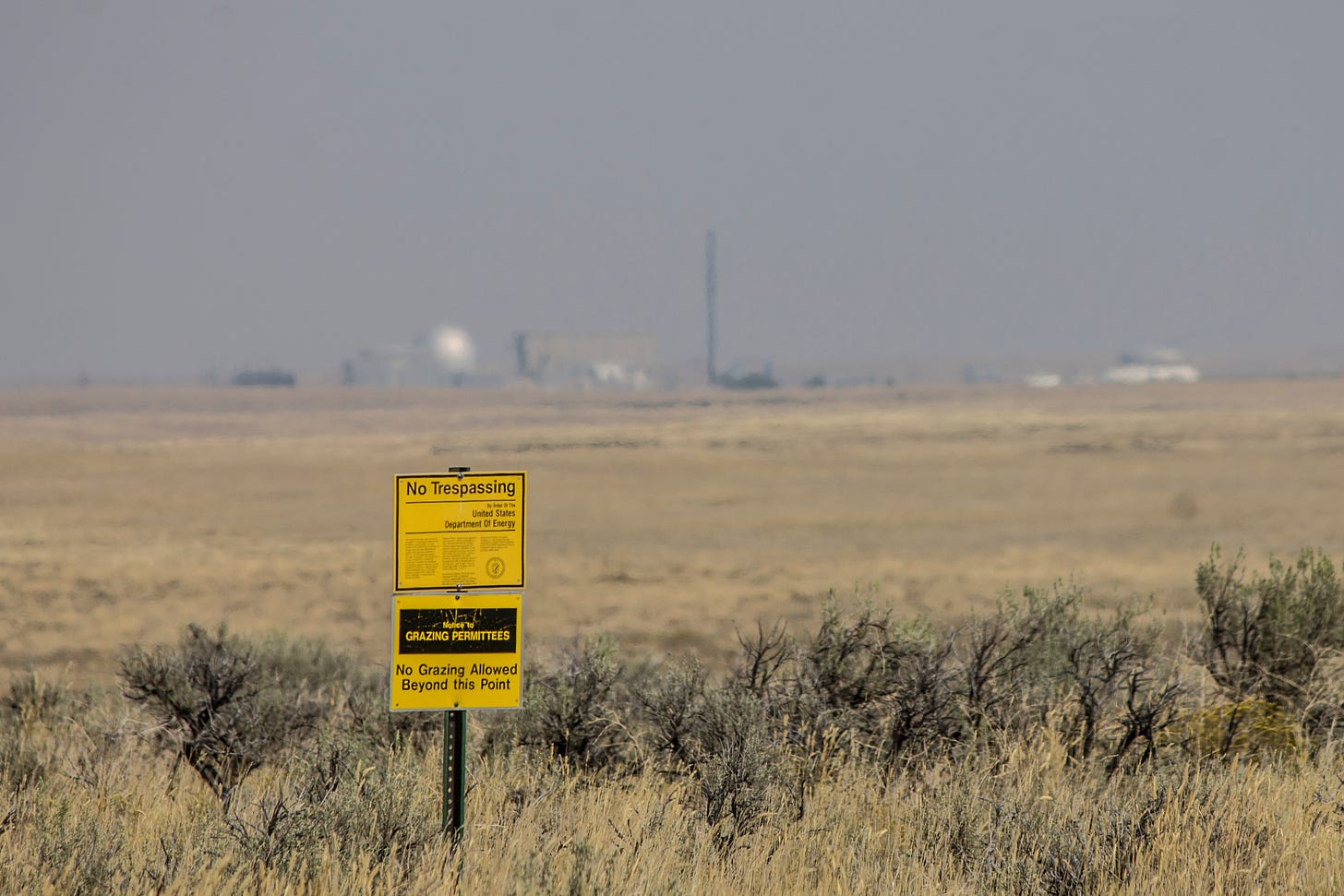The nuclear "renaissance" suffers a blow
SunZia construction halted; LDS church proposes Phoenix-area gated community; X-word solutions
THE NEWS: The anticipated and feared nuclear renaissance suffered a major blow this week when Oregon-based NuScale and Utah Associated Municipal Power Systems killed plans to construct a small modular nuclear reactor power plant in Idaho. Several years in the making, t…
Keep reading with a 7-day free trial
Subscribe to The Land Desk to keep reading this post and get 7 days of free access to the full post archives.


